Categorías
- Caudalímetros másicos térmicos
- Caudalímetros de desplazamiento positivo
- Mass Flow Meter / Controller
- Caudalímetros Coriolis
- Caudalímetros magnéticos
- Caudalímetros de vortex
- Caudalímetros de turbina
- Medidor ultrasónico de caudal de gas
- Caudalímetros de presión diferencial
- Rotámetros
Aplicaciones
Others
Caudalímetros de desplazamiento positivo
Principio de funcionamiento de los caudalímetros PD
Los caudalímetros de desplazamiento positivo constan de un conjunto de cámaras o compartimentos que se llenan con el fluido. Cada vez que el fluido circula por el contador, las cámaras se llenan hasta un determinado volumen. Una vez que la cámara está llena, descarga el fluido y se vuelve a llenar para el siguiente ciclo. La clave aquí es que cada ciclo corresponde a un volumen conocido de fluido. El contador cuenta el número de estos ciclos y, basándose en el volumen de cada ciclo, calcula el caudal. Este proceso funciona bien porque la medición es independiente de factores como la presión y la temperatura, que pueden afectar a otros tipos de caudalímetros. Por ejemplo, en un caudalímetro PD de pistón rotativo, un rotor se mueve dentro de una cámara, desplazando un volumen fijo de líquido con cada rotación. El número de rotaciones del rotor se utiliza entonces para calcular el caudal total del líquido.
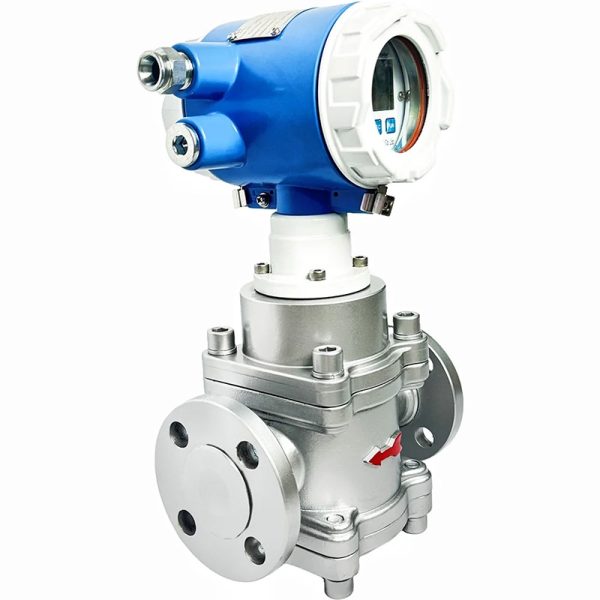
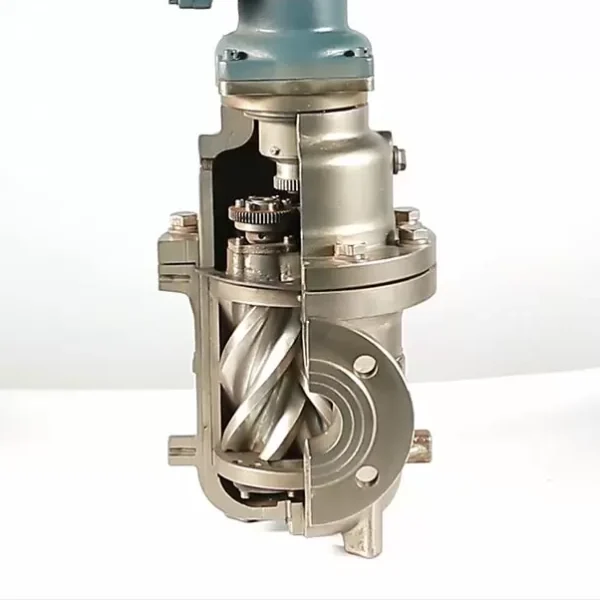
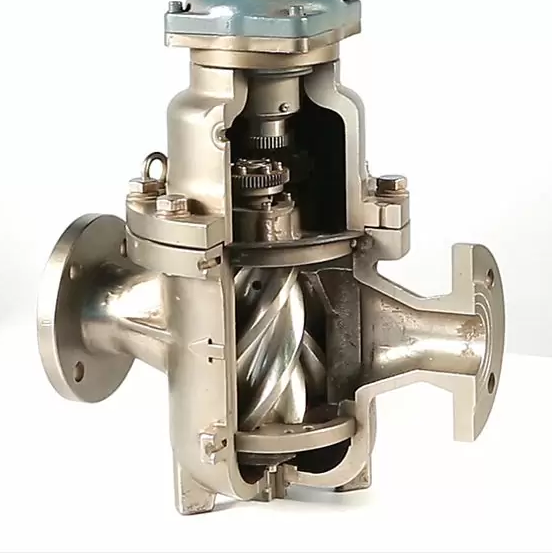
Medidor de caudal de desplazamiento positivo de dos rotores (MT-ABR)
- Alta precisión de hasta ±0,1 %
- Gran aplicabilidad a los cambios de viscosidad.
- Buen rendimiento antiinterferencias y larga vida útil.
Precisión
Estándar: ±0,5 %, Opcional: ±0,2 %; ±0,1 %
Rango de medición
0,3 a 1800 m³/h
Temperatura media
Estándar: (-20~+100) ℃, Opcional: (-20~+250) ℃
Máx. Presión de proceso
110 bar (1595 psi)
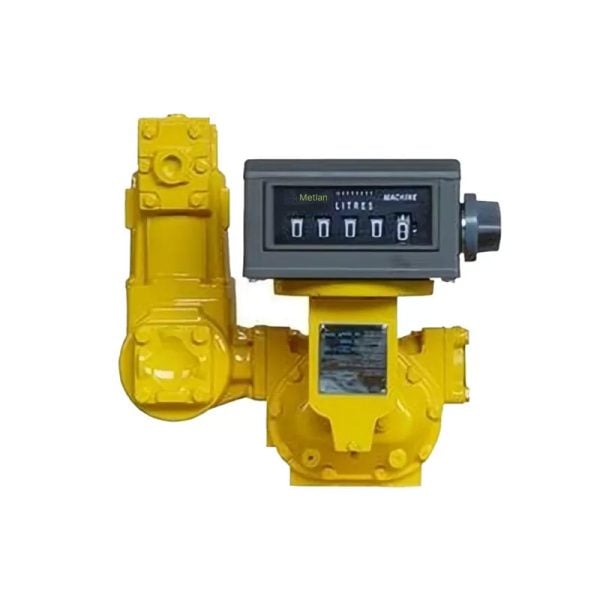
Caudalímetro mecánico de desplazamiento positivo Serie M
- ±0,2 Precisión %
- Gran aplicabilidad a los cambios de viscosidad.
- Bueno para camiones de reparto de combustible y camiones cisterna.
Precisión
±0,2 %
Rango de medición
De 25 a 3000 L/min
Temperatura media
-20~+250 ℃
Máx. Presión de proceso
25 bar (350 psi)
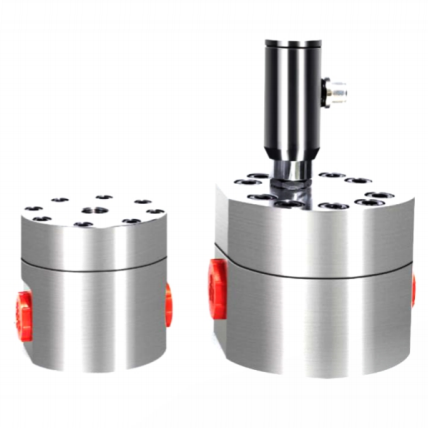
Caudalímetro de engranajes de desplazamiento positivo de bajo caudal MT-GF
- Diseñado para líquidos de bajo caudal a partir de 0,6 L/H.
- Amplia relación de reducción de 150:1
- Capaz de medir medios altamente corrosivos.
Precisión
±0,5 %
Rango de medición
0,6 a 2000 l/h
Temperatura media
Estándar: (-40~+80) ℃, Opcional: (-40~+200) ℃
Máx. Presión de proceso
Estándar: 100 bar, Opcional: 400 bar
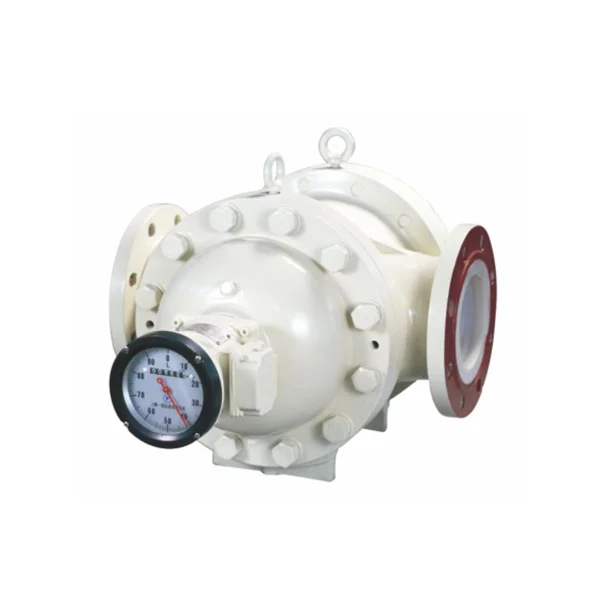

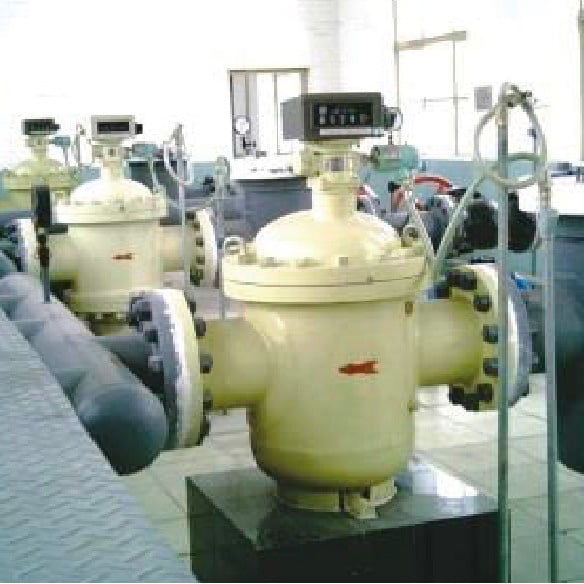
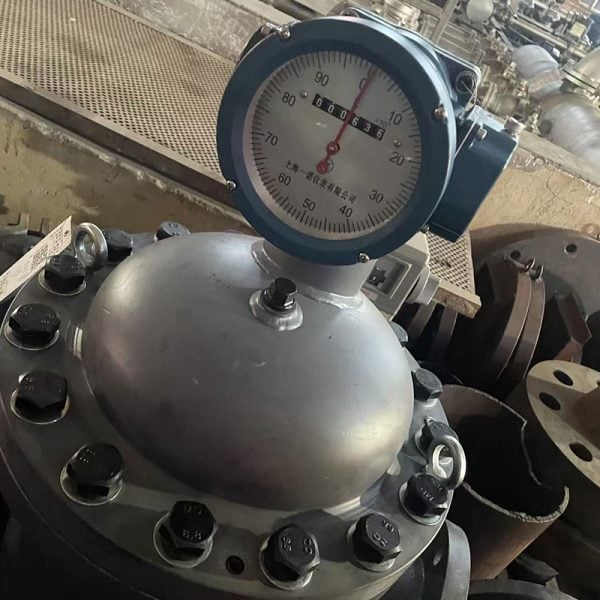

Caudalímetro Birotor PD con contador mecánico (MT-ABRM)
- Alta precisión de hasta ±0,1 %
- Gran aplicabilidad a los cambios de viscosidad.
- Buen rendimiento antiinterferencias y larga vida útil.
Precisión
Estándar: ±0,5 %, Opcional: ±0,2 %; ±0,1 %
Rango de medición
0,3 a 1800 m³/h
Temperatura media
Estándar: (-20~+100) ℃, Opcional: (-20~+250) ℃
Máx. Presión de proceso
110 bar (1595 psi)
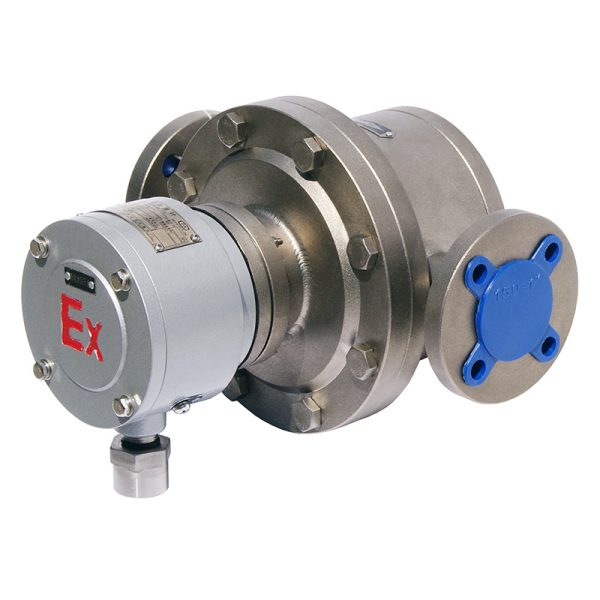
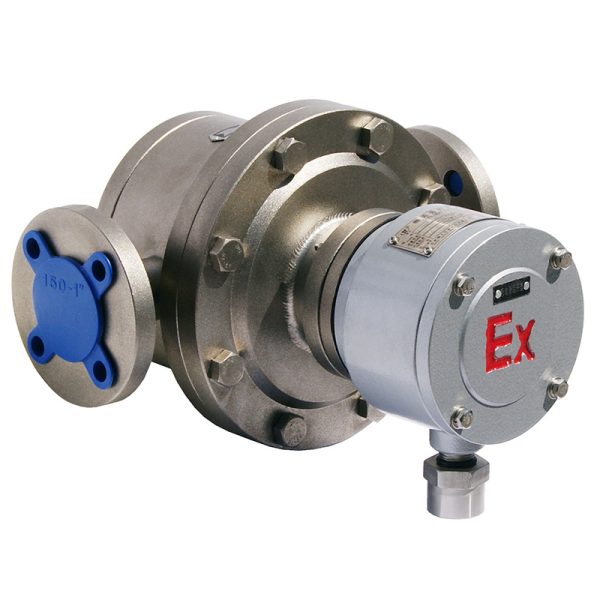
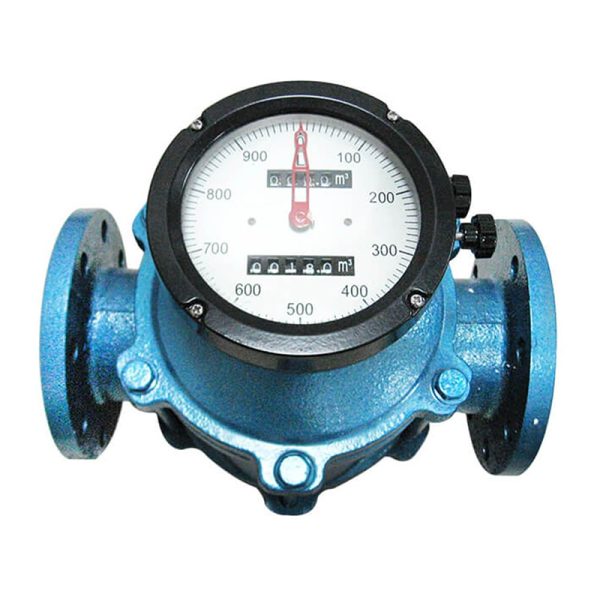
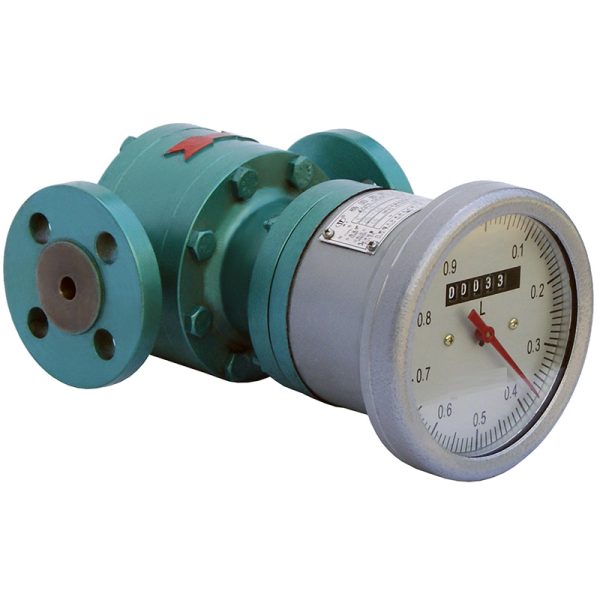
Caudalímetro PD de engranaje oval MT-LC
- Optimizado para la medición de líquidos de mayor viscosidad.
- No es sensible al cambio de viscosidad.
- Instalación sencilla que no requiere tramos rectos de tuberías.
Precisión
Estándar: ±0,5 %, Opcional: ±0,2 %
Rango de medición
0,05 a 340 m³/h
Temperatura media
Estándar: (-20~+60) ℃ , Opcional: (-41~+60) ℃
Máx. Presión de proceso
63 bar
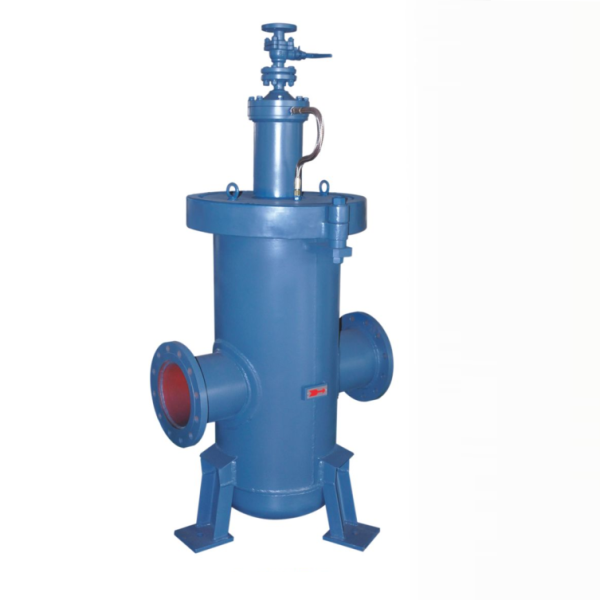
Eliminadores de aire / Filtros (MT-LPGX)
- Elimina el aire o gas arrastrado del fluido.
- Proteger todos los componentes del sistema aguas abajo.
- Se utiliza en aplicaciones en las que es fundamental una medición precisa de sólo líquido.
Gama de diámetros nominales
DN 15 a 800 (½" a 32″)
Temperatura media
Estándar: (-20~+100) ℃ , Opcional: (-20~+250) ℃
Máx. Presión de proceso
64 bar (928,24 psi)
Número de malla
10 a 40 (Otros a petición)
Ventajas de los caudalímetros de desplazamiento positivo
- Alta precisión: Los caudalímetros PD son muy precisos, especialmente para aplicaciones de bajo caudal. El método de medición volumétrica directa está menos influenciado por factores externos como la temperatura y la presión.
- Amplia gama de líquidos: Los medidores de DP pueden medir una amplia variedad de líquidos, incluidos los de baja y alta viscosidad.
- Sin calibración de la viscosidad: A diferencia de otros tipos de caudalímetros, los caudalímetros PD no requieren recalibración cuando se utilizan con fluidos diferentes, ya que la medición se basa en el desplazamiento de volumen.
- Diseño sencillo: El diseño de los caudalímetros PD es relativamente sencillo, lo que facilita su mantenimiento y reparación.
- Bueno para mediciones por lotes: Los medidores PD son ideales para el procesamiento por lotes, donde se necesitan mediciones precisas de los volúmenes de fluidos.
Aplicaciones del caudalímetro de desplazamiento positivo
Los caudalímetros PD se utilizan en diversas industrias que requieren una medición precisa del caudal. Algunas aplicaciones comunes incluyen:
- Industria del petróleo y el gas:
- Los medidores de DP se utilizan ampliamente para medir petróleo crudo, combustibles refinados y lubricantes. Su precisión en la medición de caudales en tuberías y para aplicaciones de transferencia de custodia los hace ideales para esta industria.
- Industria química y farmacéutica:
- Los caudalímetros de desplazamiento positivo se utilizan en los procesos de dosificación en la fabricación de productos químicos y farmacéuticos. Garantizan una medición precisa del volumen y ayudan a mantener la calidad del producto.
- Industria alimentaria:
- La industria alimentaria y de bebidas utiliza caudalímetros PD para medir ingredientes, aromatizantes y otros líquidos. La alta precisión y el diseño higiénico de estos medidores los hacen idóneos para aplicaciones de procesamiento de alimentos.
- Tratamiento del agua:
- Los contadores de descargas parciales se utilizan para controlar y medir el caudal de agua y otros líquidos en las plantas de tratamiento, lo que garantiza una dosificación precisa de los productos químicos y el control de los vertidos de efluentes.
- Surtidores de combustible:
- Los caudalímetros PD se utilizan habitualmente en los surtidores de combustible de las gasolineras, garantizando una medición precisa del combustible que se dispensa a los clientes.
- Sistemas HVAC:
- Los caudalímetros de desplazamiento positivo se utilizan en sistemas de calefacción, ventilación y aire acondicionado para controlar los sistemas de aire comprimido y garantizar un caudal de aire adecuado para los equipos.
Caudalímetros de aceite | Caudalímetros Coriolis | Caudalímetros de turbina | Flow Meter Controllers
